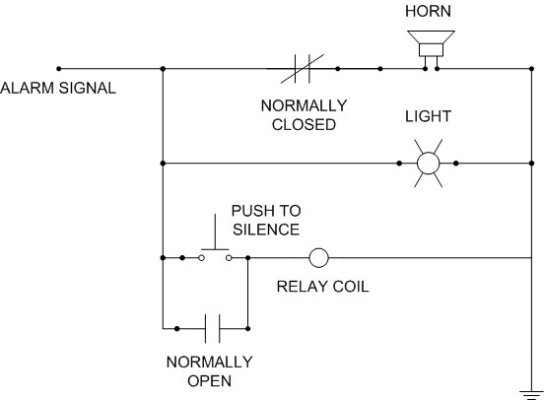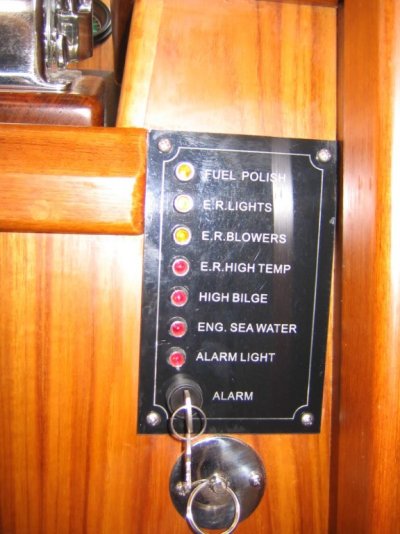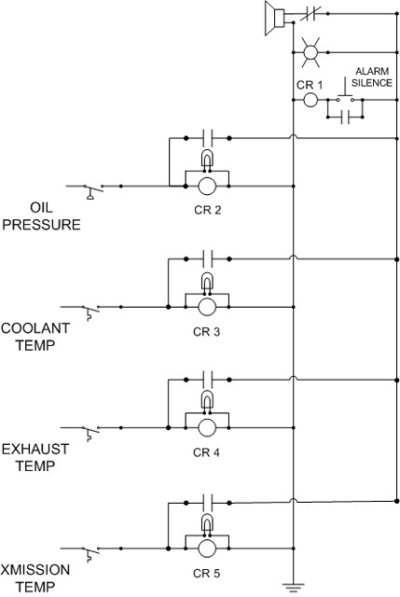*
I was re-reading some old posts and re-looked at this one because I want to add a tranny over-temp alarm. Unlike Bill's my tranny's don't have a temp sensor built in so any sensor I install will have to be fabricated.
Since some of the readers on this post are pilots and alarms were discussed and the distraction they cause I have an interesting story about alarms and their ability to cause severe distraction.
Nat Geo occasionally runs a series called Air Emergency. It generally is an hour long show devoted to a single major aviation accident. Many of you professional pilots will recall most of them. At one time I had recorded about 40 shows until I lost them due to a failed recorded. Should have had an alarm.
One such show showcased a Peruvian B-757 taking off from Lima Peru at night headed to somewhere in SA. Right at liftoff the crew got alternating stall warning/stick shaker and over-speed audio warnings. None of the pitot static instruments worked, airspeed, altimeter, VVI, etc. including the standby pitot static instruments. The crew was able to climb the aircraft to an altitude above the clouds, but conversations between the crew was difficult because of all the audio warnings. Over-speed and stall warning alerts are not able to be cancelled.
ATC vectored the crew over the ocean away from the mountains and provided altitude readouts. Since the crews altimeter did not work, they relied on the transponder altitude relayed to ATC. What they did not consider was the fact that the transponder altitude is simply a repeater of the pitot static altitude corrected for density altitude. The crew had no idea what was happening and diagnosing the problem was near impossible because of the audio alerts which were constantly alternating between over-speed and stall. The crew climbed the aircraft using a climb power setting and pitch to an altitude of 9000 ft, confirmed by ATC. This was a moonless night over the ocean and no horizon. I dont believe the investigators were ever able to determine exactly what altitude the aircraft climbed to, but after receiving confirmation from ATC they leveled off at a safe altitude. It was agreed that a chase plane was to be sent and they would fly formation with it down to a landing. While this was being coordinated the crew several times got confirmation from ATC that they were level at 9000ft, however unknown to the crew, the aircraft had started a slow descent. Again coordination between the crew and trying to run checklists became nearly impossible because of the alternating audio alerts and the constant stick shaker impulses. As the aircraft neared the water with ATC still telling them they were level at 9000 ft the GPWS (Ground Proximity Warning System) sounded which I believe over-rode all the other warnings. The crew choose to ignore the GPWS warning thinking that this had failed along with the other failed systems and still getting confirmation from ATC they were level at 9000 ft. The first indication the crew got something was very wrong was when the landing lights illuminated the ocean. The crew tried to pull up but it was too late. No one survived the ensuing crash.
Investigators determined that the pitot static systems had been taped over while the aircraft had been washed and the tape was not removed.



